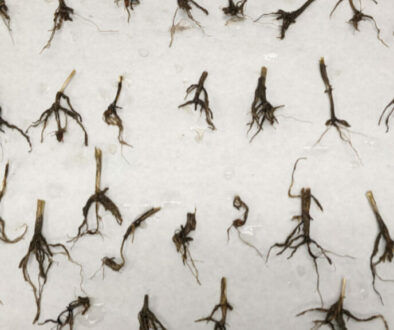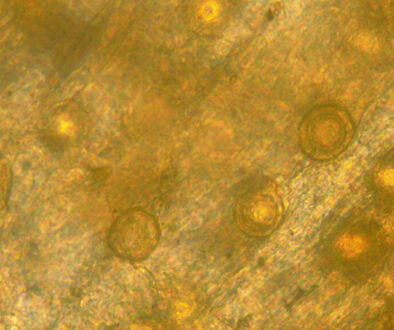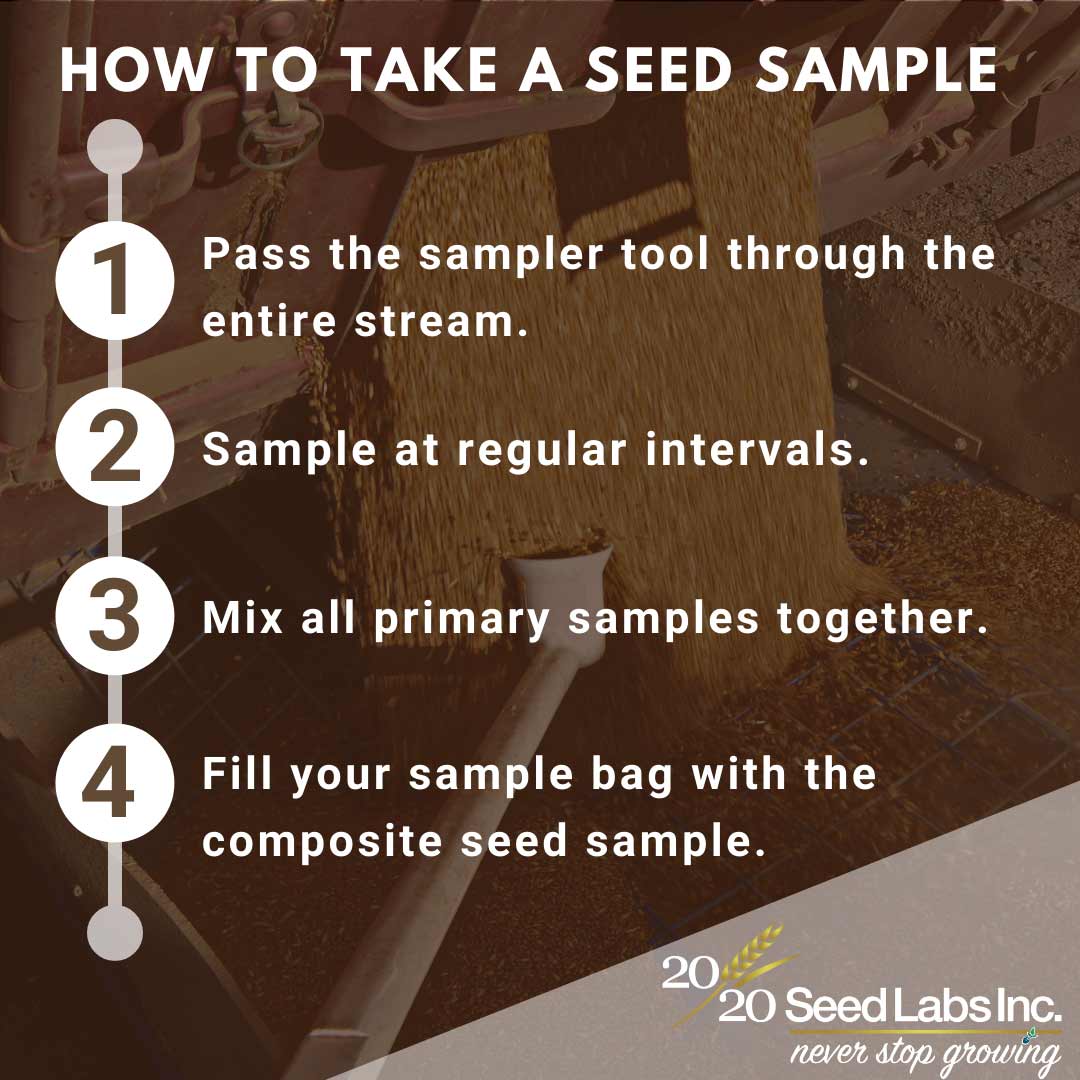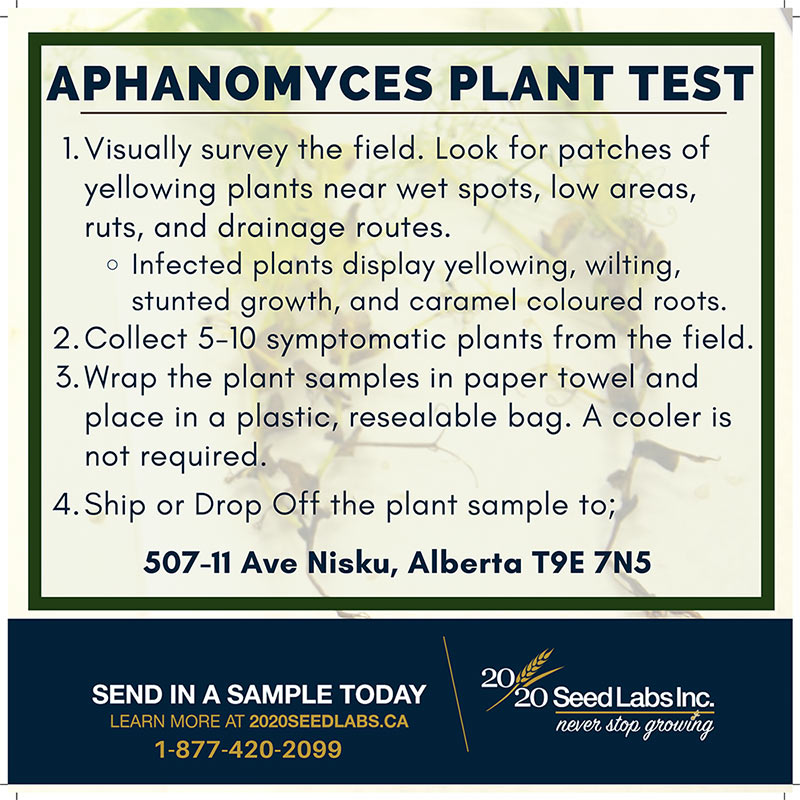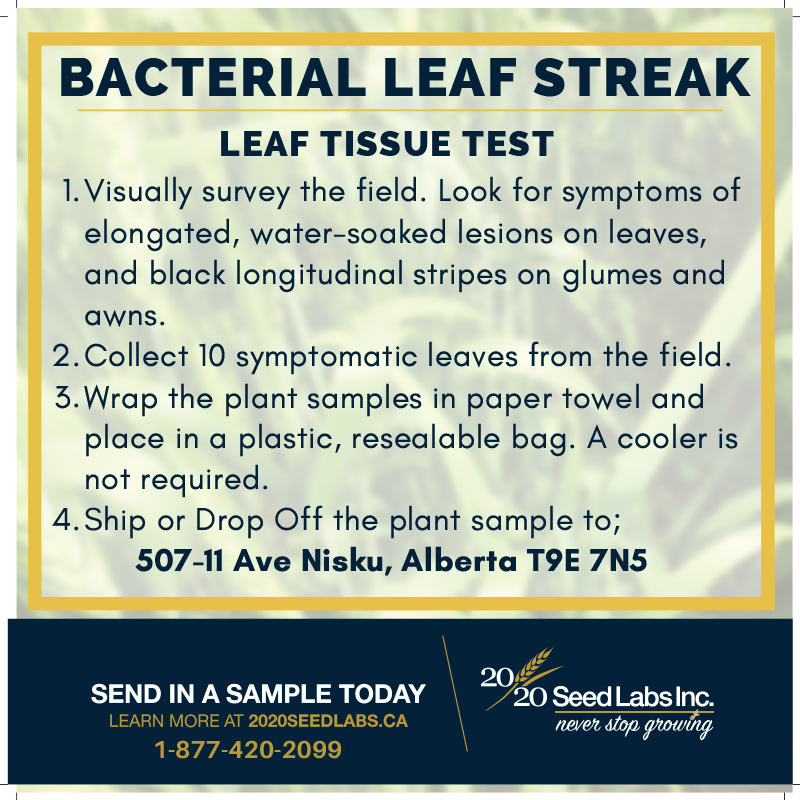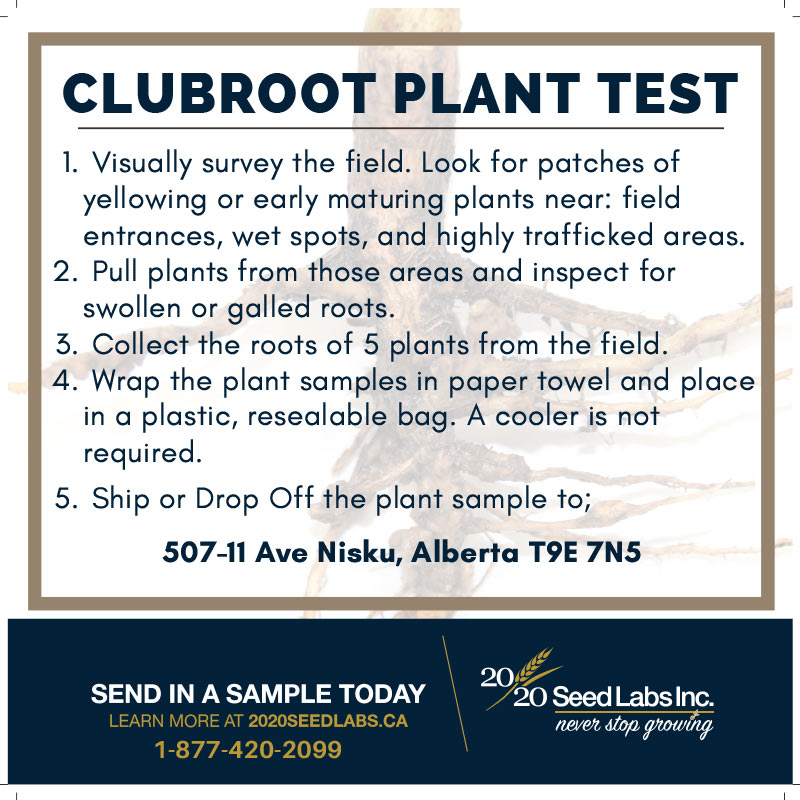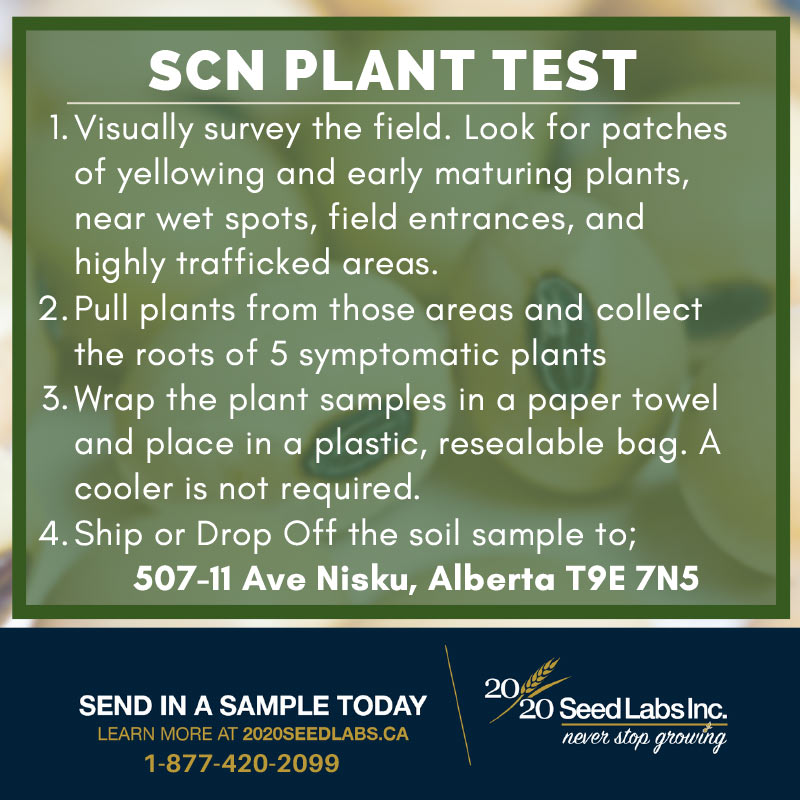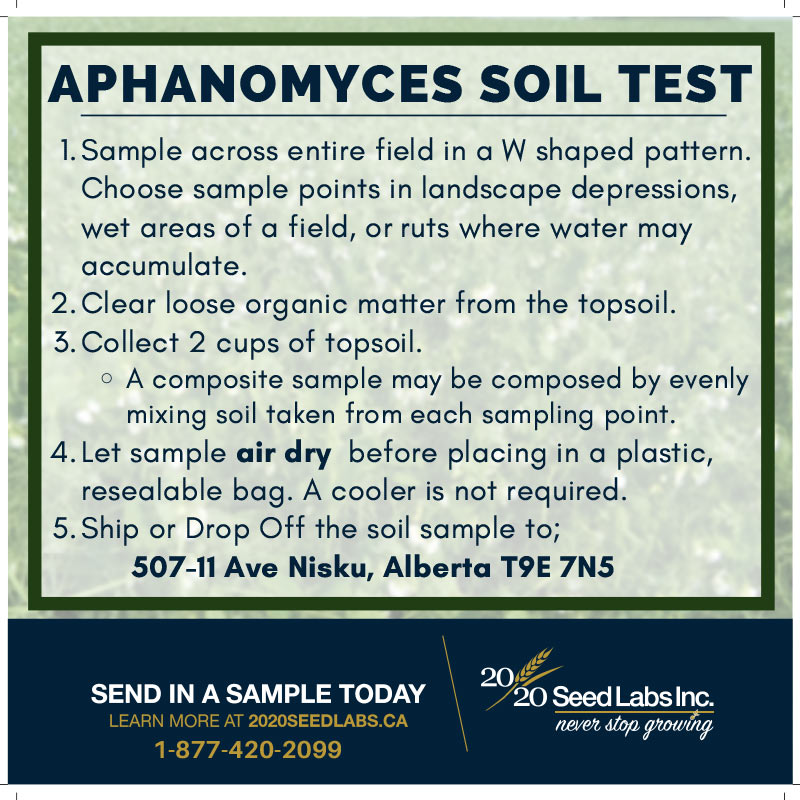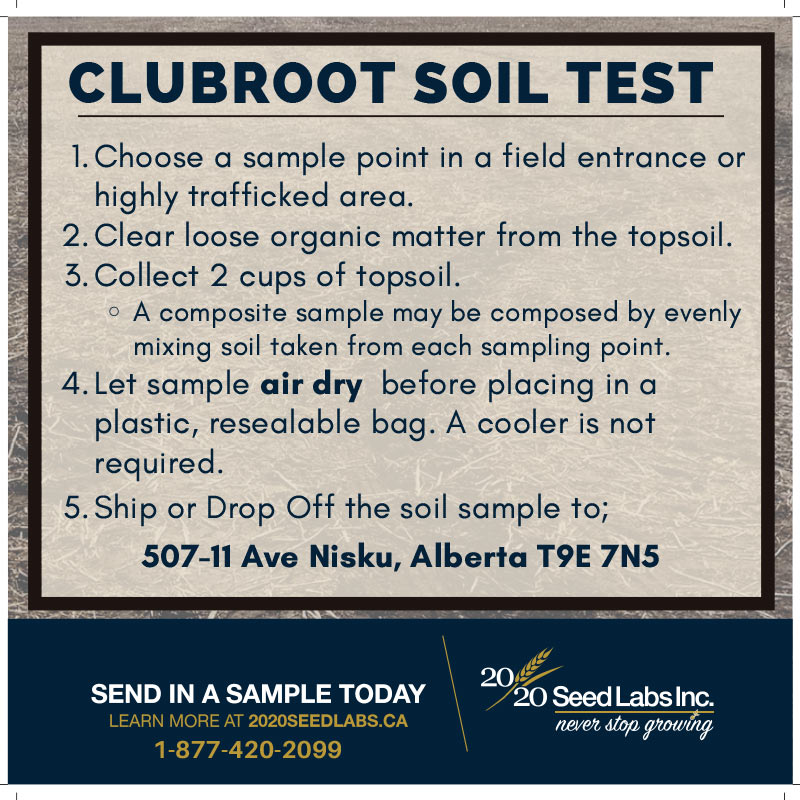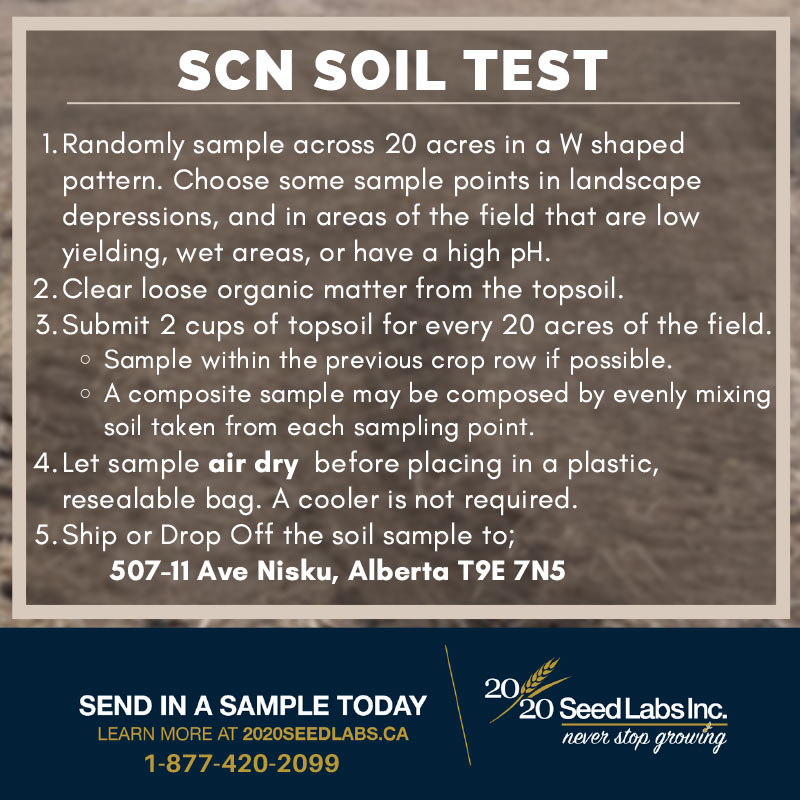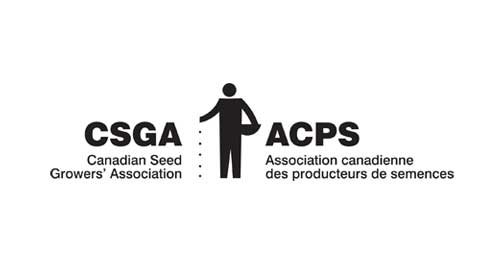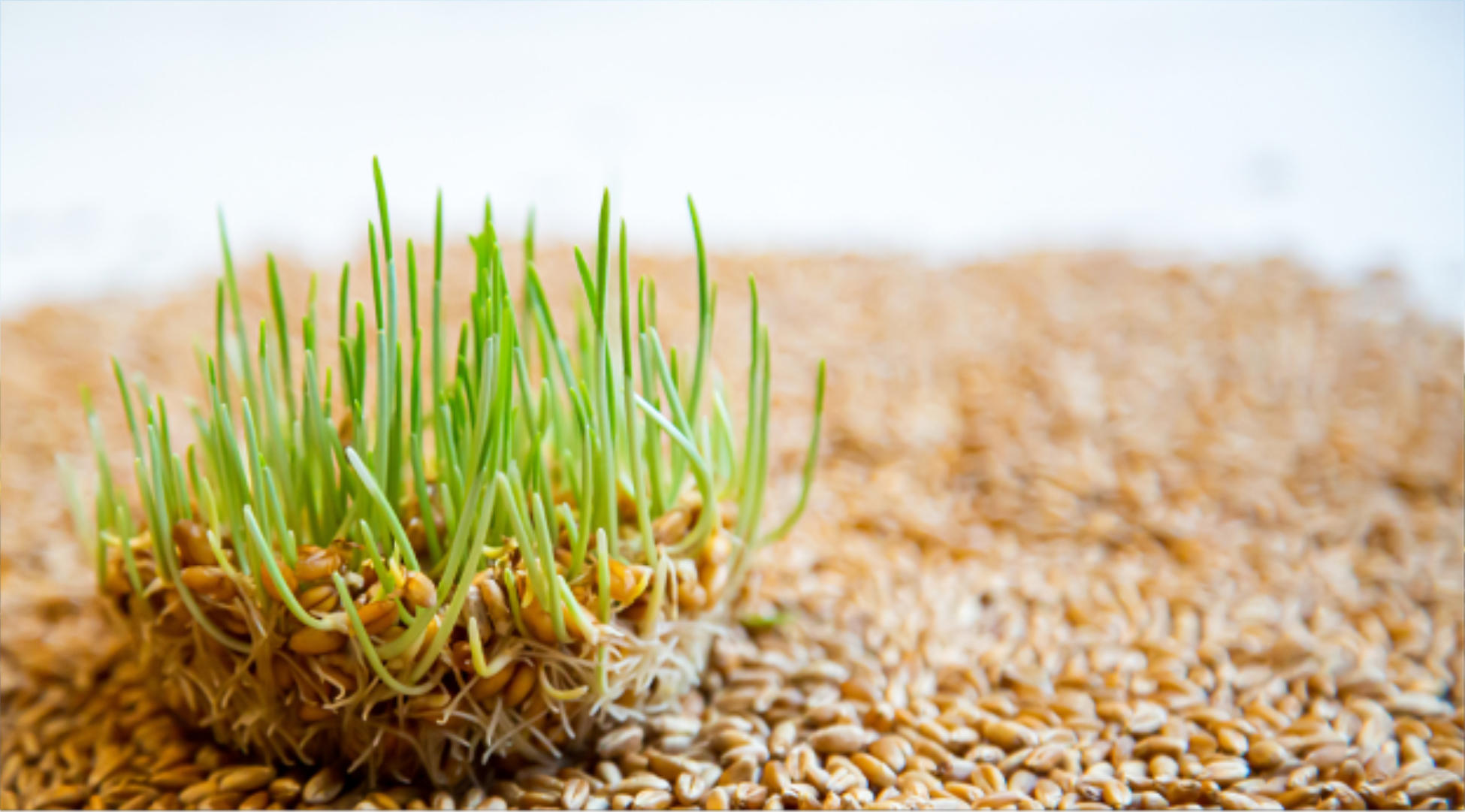
An article from the experts at 20/20 Seed Labs Inc.
When a grower pulls a sample from the bin and sends it to the lab, what they’re really doing is asking a question:
How ready is this seed for what’s ahead?
In that question lies everything — risk, timing, and the peace of mind that comes from knowing what your seed is capable of before it even touches soil.
The Two Sides of the Same Story
Every seed carries two truths.
- The first is potential — what it can become when everything goes right.
- The second is resilience — how it behaves when things don’t.
That’s the difference between germination and vigour.
- Germination measures a seed lot’s genetic potential under ideal conditions: warmth, moisture, and oxygen. It’s a measure of promise.
- Vigour measures performance under stress — cooler soils, uneven moisture, short daylight hours — the realities that spring never fails to bring.
Growers sometimes describe it like this: germination is a quiet trickle of customers in a café; vigour is a busload that shows up all at once. Can your system still handle the rush?
Ideally, those numbers tell a similar story. If your germination is 90%, vigour should be close behind. When the two drift apart, it’s the seed’s way of whispering, “I’m tired.” That early warning can save a growing season.
Seeding Windows Are Shifting — And So Should Testing
Across the Prairies, patterns are changing. Spring windows are opening earlier, and many growers now seed into cooler soil to catch early moisture.
A seed lot that germinates beautifully at 20 °C may struggle when placed in soil at 6 °C. That’s where vigour testing, especially cold-stress vigour, earns its place in your toolkit.
At 20/20 Seed Labs, vigour tests are chosen to replicate the field, not a textbook. The goal is to match the test to the grower’s real seeding conditions — because the only test that matters is the one that tells you the truth about your seed.
What the Best Growers Test — and When
There’s a rhythm to testing that mirrors the rhythm of the growing season.
After Harvest
Your first reality check before investing more time and money:
- Germination & Vigour – gauge overall quality.
- Fusarium and Fungal Screens – understand what’s riding into storage.
- Herbicide Resistance Screen (weeds) – know what survived last year’s spray to avoid resistance pitfalls this year.
- Mechanical Damage (pulses) – spot microcracks before they become stand problems.
Before Seeding
Your peace-of-mind checkpoint:
- Recheck Germination & Vigour – storage can change the story.
- Thousand Kernel Weight (TKW) – convert quality into accurate seeding rates.
When Pulses Crack Under Pressure
Few things sting like seeing a beautiful lot of peas or soybeans return a low germ result.
The cause is often mechanical damage — tiny, invisible cracks formed in dry, hot harvest conditions. When those seeds rehydrate, they swell unevenly and split, creating abnormal seedlings that never take off.
If your lot shows mechanical damage:
- Move seed as little as possible — every transfer makes cracks worse.
- Use belts instead of augers and avoid sharp drops.
- Ask cleaners for lateral flow systems, not vertical drops.
- Treat it like a box marked FRAGILE — because it is.
More Data, Fewer Surprises
Seed testing costs pennies compared to the price of an acre gone wrong. It helps growers:
- Avoid unnecessary inputs.
- Target the right herbicide, fungicide, or seeding rate.
- Reduce the risk of re-seeding.
- Sleep better knowing what’s in the bin will perform in the field.
One grower summed it up best:
“Testing doesn’t make me money — it keeps me from losing it.”
Field-Ready Checklist
Here’s a practical guide to keep your season on track.
At Harvest
☐ Germination test
☐ Vigour test (method that matches your seeding reality)
☐ Fusarium level (e.g., F. graminearum)
☐ Fungal screen (storage molds + pathogens)
☐ Mechanical damage notes (pulses)
Before Seeding
☐ Germination re-test
☐ Vigour re-test (cold stress if seeding early)
☐ Thousand Kernel Weight (for seeding rate)
☐ Herbicide resistance screen (for weed management plan)
Handling Pulses with Damage
☐ Minimize transfers; use belts over augers
☐ Request lateral cleaning paths
☐ Train your team: handle seed as “FRAGILE”
Print it. Tape it to the bin door. Check it twice before spring.
The Human Side of the Test
Every envelope that lands in the lab carries a story — a season worth of decisions and someone’s livelihood in a paper bag.
Behind every report are people who understand what that means. The analysts studying your sample aren’t just looking at seedlings under lights; they’re picturing the field that seed will grow in — the family, the risk, and the pride behind it.
“Every seed that passes through the lab connects to a grower’s story — their risk, their hope, their year ahead.”
The Takeaway
- Germination tells you what is possible.
- Vigour tells you what is probable.
- Together, they give you the cheat sheet that helps you make better choices, grow with confidence, and rest a little easier while you wait for spring.
Ready to Build Your Cheat Sheet?
Whether you’re refining your vigour method, re-checking stored seed, or mapping out your spring testing plan, our team is here to help. Call or visit our Nisku, AB or Winnipeg, MB locations — or reach out online to speak with an analyst. 1-877-420-2099
Interested in learning more about testing rates and discounted packages?
https://2020seedlabs.ca/services/seed-testing-services/
Because peace of mind is something every grower deserves — and it always starts with a test.



